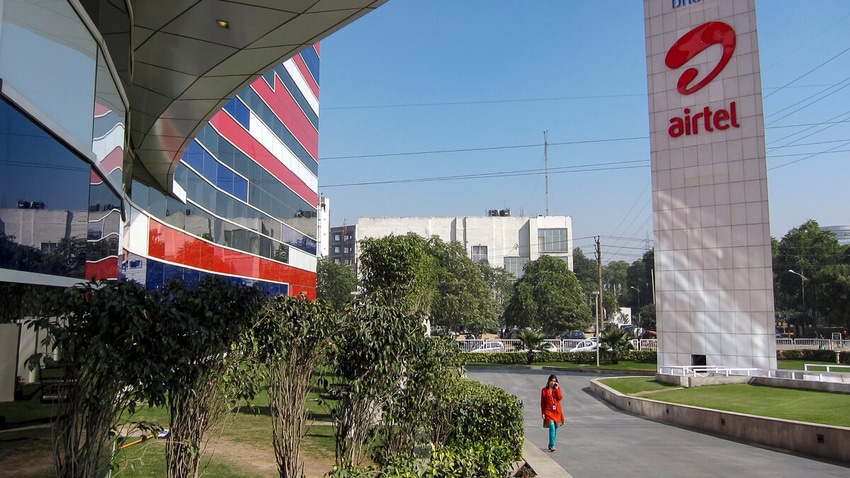India under pressure to release 6GHz for 5G
The GSMA urges Indian authorities to include the 6GHz band in the National Frequency Allocation Plan to support 5G growth.

Indian authorities are under growing international pressure to ensure future 5G services will be able to run in the 6GHz spectrum band, which was identified as an additional 5G band during a meeting of the International Telecommunications Union (ITU) in December.
The GSM Association (GSMA), a lobby group for the industry, has written to India's Department of Telecommunications (DoT) urging it to include frequencies from 6.425GHz to 7.125GHz as a 5G band in the National Frequency Allocation Plan (NFAP).
"Mobile connectivity plays a crucial role in India's 'Bharat 6G Vision,' and the enhanced mobile connectivity and capacity enabled by the 6GHz band will lay the foundations for inclusive and technology-driven progress envisioned by the Hon’ble Prime Minister of India, under the new government during 2025–30," said Jeanette Whyte, the GSMA's head of public policy for the APAC region, in a letter to the DoT, according to media reports.
The GSMA represents more than 1,000 telcos across the world, including India's Reliance Jio, Bharti Airtel and Vodafone Idea. As 5G demand in India grows, operators will need additional spectrum to guarantee performance, it has argued.
Jio and Airtel launched 5G services in October 2022 and India currently has some 131 million 5G subscribers, according to the recently published 2024 Nokia Mobile Broadband Index report. The high cost of smartphones and the lack of specific 5G services has been blamed for the relatively low take-up so far.
India has recently said that a 5G spectrum auction will start in May this year. However, 6GHz spectrum is not being included in the forthcoming auction.
The GSMA is supported by the Cellular Operators Association of India (COAI), which has also urged the DoT to allocate 6GHz spectrum for mobile services.
Reliance Jio, India's biggest operator, has added its own voice to those calls.
"Dense 5G implementation will require a massive amount of spectrum," it said in response to a consultation paper issued by India's regulator. "In addition to all the already auctioned spectrum bands and plans to auction the E-Band and V-Band spectrum, the authority should also plan to auction the 6GHz band, full C-Band, and 28GHz band (on a flexible use basis). We submit that all IMT identified and IMT targeted spectrum should be made available to TSPs [telecom service providers."
Last year, the International Telecommunication Union (ITU) at the World Radiocommunication Conference (WRC-23) in Dubai identified spectrum in 6GHz as an additional band for mobile services.
"The WRC-23 decision to harmonize the 6GHz band in every ITU region is a pivotal milestone, bringing a population of billions of people into a harmonized 6GHz mobile footprint," said a GSMA press release issued last year.
India has assigned only 500MHz of mid-band spectrum to its operators – far less than the 2GHz recommended by the GSMA over the 2025 to 2030 timeframe. The lobby group believes the inclusion of 6GHz would address the deficit.
The policy for 6GHz differs from country to country. For instance, the US has delicensed this spectrum, while other countries, including China, Bangladesh and Vietnam, plan to use it for 5G. In India, 6GHz spectrum is currently being used by the Indian Space Research Organization (ISRO).
Read more about:
AsiaAbout the Author(s)
You May Also Like





.jpg?width=300&auto=webp&quality=80&disable=upscale)






